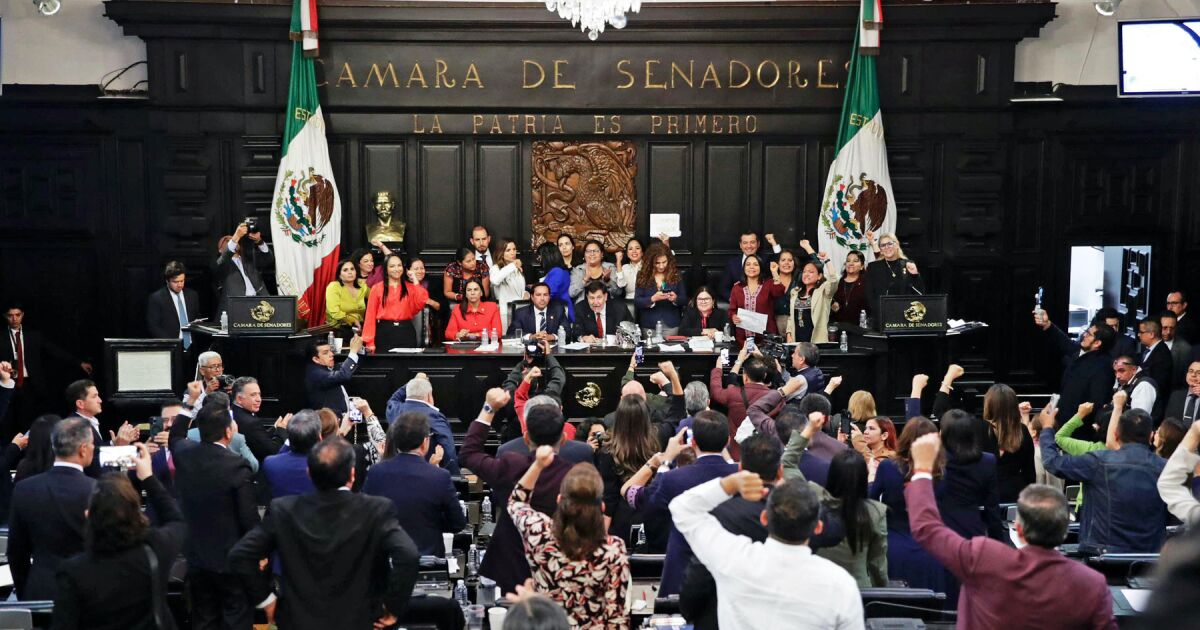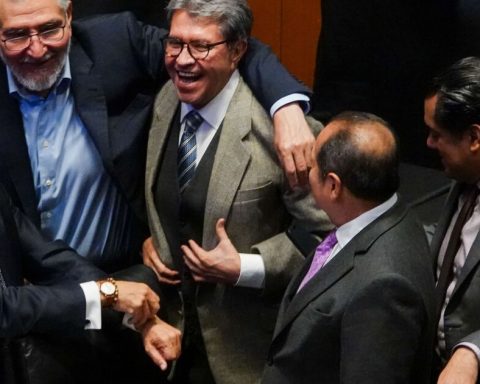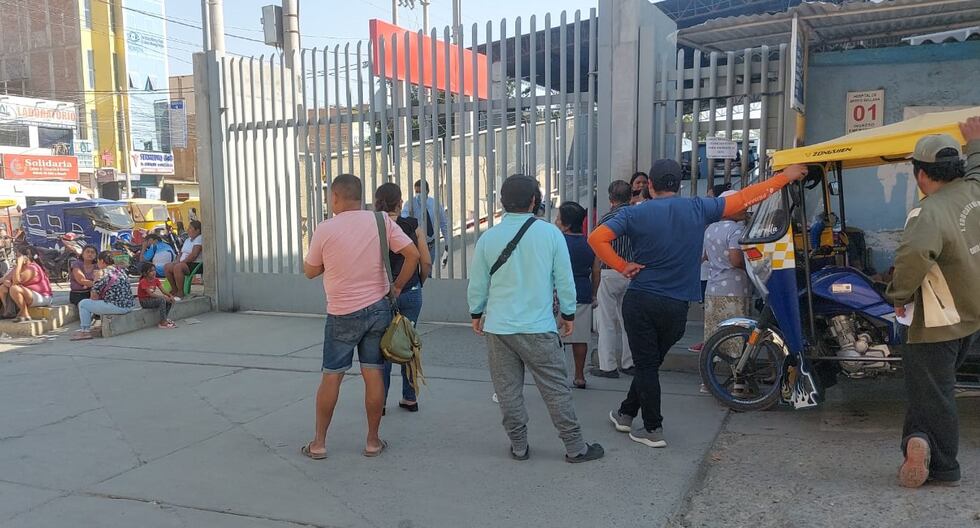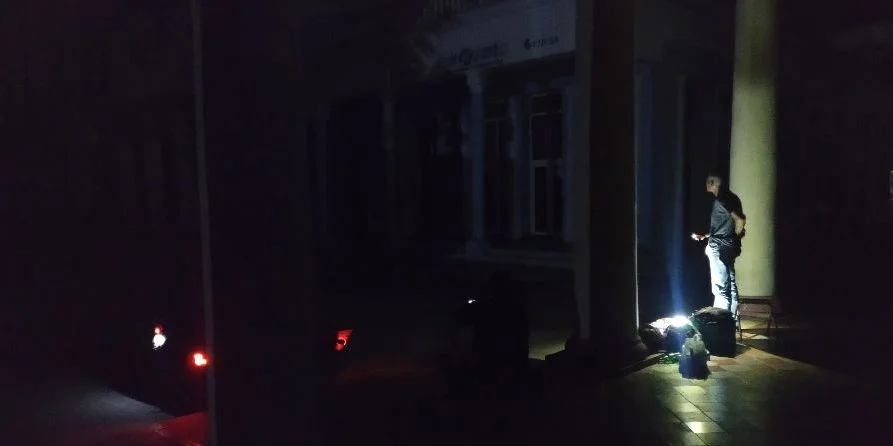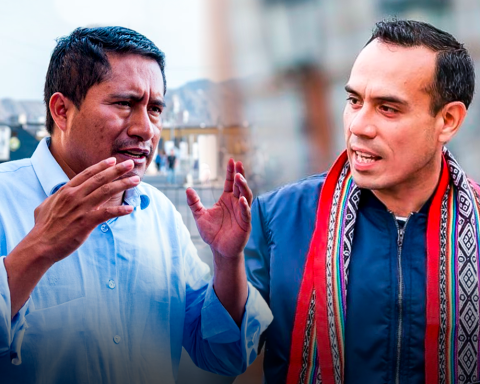Experts point out that there are two probable paths to go against the Judicial Reform promoted by President Andrés Manuel López Obrador: one is through the action of unconstitutionalitywhich would be a formal appeal and not a substantive one; that is, due to defects that could have arisen when it was discussed and voted on in the Congress of the Union. The other way is that there was a majority criterion among ministers of the Supreme Court to admit the challenge.
For Javier Martin Reyes, researcher At the UNAM Institute for Legal Research, Article 105 of the Constitution establishes that only “general norms” can be challenged and not a constitutional reform.
“The predominant criterion (in the SCJN) has been that it is not possible to challenge constitutional reforms, but there have been positions of individual ministers who believe that constitutional reforms can be stopped from being applied. So far, this has not happened. It is a possibility that it may arise, but for that to happen there must be a majority of ministers in favor of this position,” he said.
Jose Maria Soberanes Diez, constitutional lawyer, He recalls that it has been “a great debate” whether or not constitutional reforms can be challenged, but if accepted, it would have to be done before December 1, since in that month, the minister Luis Maria Aguilar Morales ends his duties, leaving a vacant spot for a minister close to the Morena government, who could vote against the challenge.
In the Supreme Court of Justice eight votes are needed to invalidate the reform that establishes that judges, ministers and magistrates will be elected by direct vote.
“Even if they change and admit a challenge that was made (against the Judicial Reform), it will not lead to invalidity, because eight votes are needed. Today the SCJN has them, but Minister Luis María Aguilar’s term ends in December 2024) so there are seven ministers left who could vote for this reason. If they do not appoint a substitute, the eight votes will not be reached, and if they do appoint one, it will surely be someone in favor of the 4T and it will not be possible either,” he details.
The action of unconstitutionality
For Soberanes Díez, the other option is the action of unconstitutionality which can be promoted, when the reform is published in the Official Gazette of the Federation (DOF), by the Political parties registered with the National Electoral Institute (INE); by 33% of the members of the Congress of the Union or of the federal entities, by the Attorney General’s Office of the Republic and by the National Institute of Transparency, Access to Information and Protection of Personal Data (INAI).
The expert pointed out that this would be due to the procedural defects that may have arisen in the approval of the reform. For example, one of them could be that On Tuesday, September 3, when the reform was discussed in an alternate venue to the Chamber of Deputies, opposition legislators stated that “there was no certainty in knowing whether the legal quorum was reached in the session,” noting that not all of them were deputies.
Another vice, he explains, was that the vote was taken despite the fact that there was Four judicial suspensions to stop the discussion of the reform which is why he pointed out that the ministers could evaluate these errors to invalidate the Judicial Reform. However, he stressed that it is not an easy prospect.
“What should be challenged are the defects in legislative procedure. It is difficult to proceed with the substance, but it could proceed with the form. These would be all the procedural defects that we saw.”
José María Soberanes Díez, constitutional lawyer.
